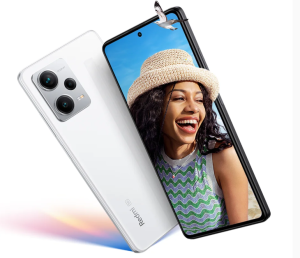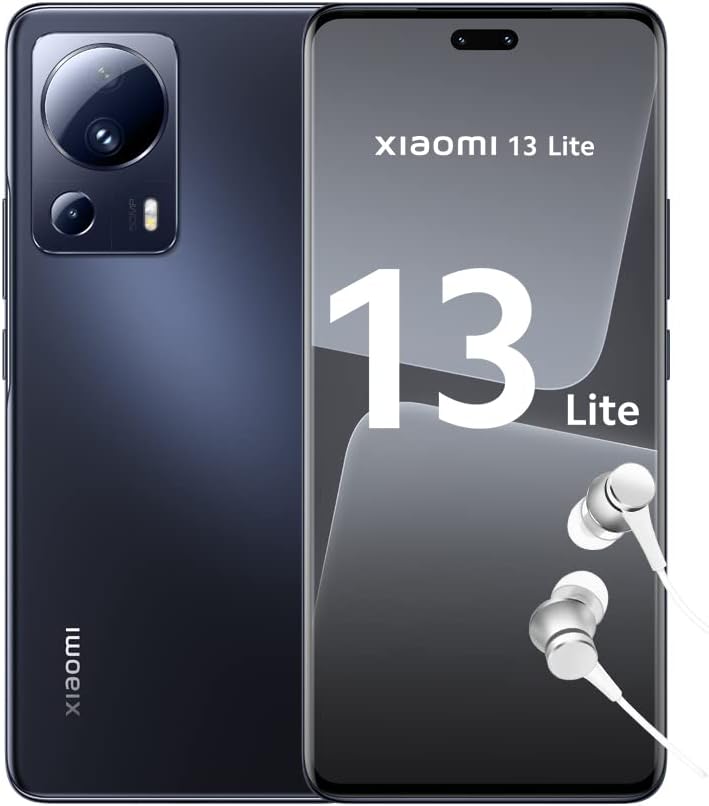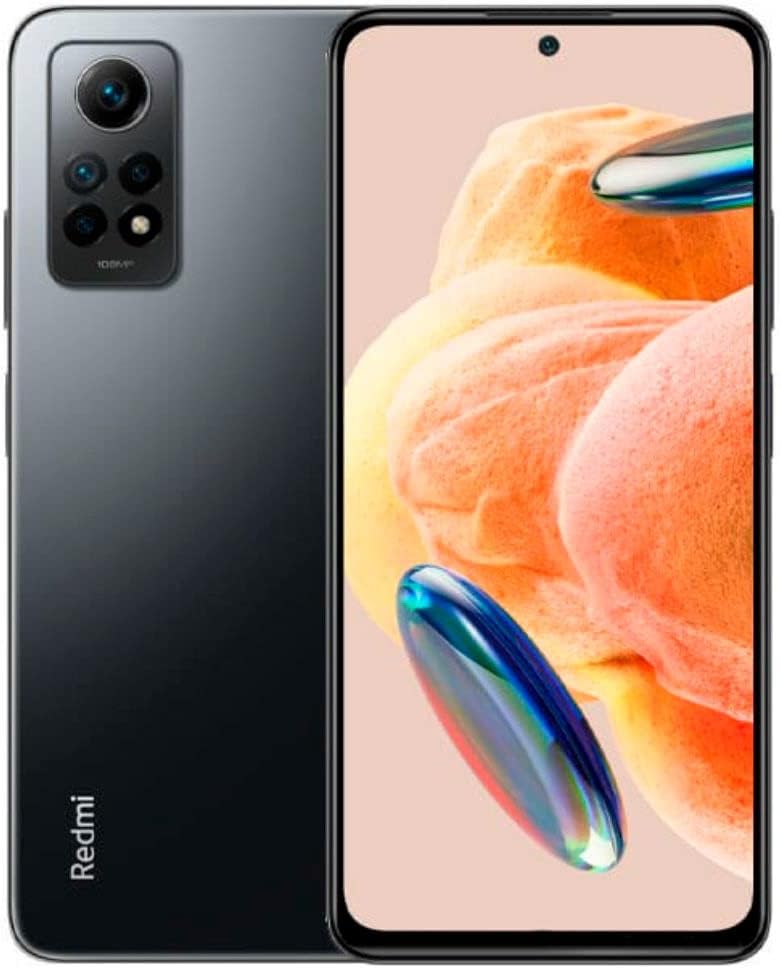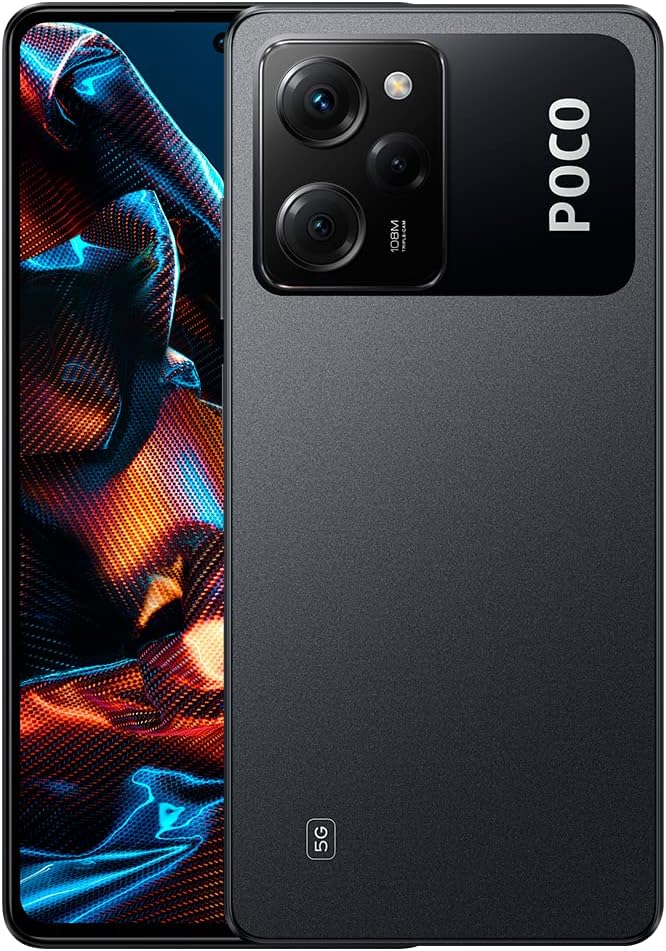|
Double selfie camera! Xiaomi 13 Lite
Screen: 6.55 inches |
Our favorite! Redmi Note 12 Pro+
Screen: 6.67 inches |
The most economical! Poco X5 Pro
Screen: 6.67 inches |
If you have read other comparisons on our website, then you will have realized that the Xiaomi universe is very broad and, above all, very branched. The technology company of Asian origin has a business line based on being present in all areas of consumer electronics. And, of course, also in the manufacture of smartphones. In addition, it has managed to diversify in such a way that it has a series of brands that, although they have their own entity, are based on Xiaomi technology, for all types of pockets.
Today we want to compare three of the most complete smartphones from each of these ranges: Xiaomi 13 Lite, Redmi Note 12 Pro+ and Poco X5 Pro. Surely, you have heard of the three brands, but do you know what the most important differences are between these three phones? One of them is the price. POCO is the cheapest range of the three, although, to be fair, we cannot say that the Xiaomi 13 Lite and the Redmi Note 12 Pro+ are expensive phones.
The processor, the quality and resolution of the cameras, or the fast charging capacity are some of the clearest differences. To make some progress, the Xiaomi 13 Lite introduces a novelty that Xiaomi had not shown before, and that is that it has a double selfie camera. However, it is not the one with the highest quality main rear camera.
That said, we don’t just see differences between these three smartphones. Sensors, technological compatibility and connectivity or the degree of resistance are some of the most relevant similarities. You want to know more? We tell you!
Xiaomi 13 Lite vs Redmi Note 12 Pro+ vs Poco X5 Pro – Comparative table
In the following table, we summarize the specifications of the three smartphones in the Xiaomi ecosystem. This way, you will be able to check what their similarities and differences are, and you will have more decision elements:
(Swipe the table to see all the content)
Xiaomi 13 Lite
|
Redmi Note 12 Pro+
|
Poco X5 Pro
|
|
| Dimensions | 159.2 x 72.7 x 7.23mm | 162.9 x 76 x 8.98mm | 162.92 x 76.03 x 7.9mm |
| Weight | 171g | 210.5g | 181g |
| Colors | Black, pink and blue | White, black and blue | Yellow, blue and black |
| Screen type | AMOLED FHD+ | Flow AMOLED FHD+ | AMOLED Dot Display Flow |
| Screen size | 6.55″ | 6.67″ | 6.67″ |
| Resolution | 2400 x 1080 pixels | 2400 x 1080 pixels | 2400 x 1080 pixels |
| maximum brightness | 1000 nits | 900 nits | 900 nits |
| Battery capacity | 4500mAh | 5000mAh | 5000mAh |
| Fast charge | Yes, 67W | Yes, 120W | Yes, 67W |
| Processor | Snapdragon 7 Gen 1 | MediaTek Dimensity 1080 | Snapdragon 778G Mobile Platform |
| Storage | 8GB+128GB, 8GB+256GB | 8+256GB | 6+128GB/8+256GB |
| Frontal camera | Ultra wide angle 32 MP + depth 8 MP | 16MP | 16MP |
| Rear cameras | Main 50 MP + ultra wide angle 8 MP + macro 2 MP | Main 200 MP + ultra wide angle 8 MP + macro 2 MP | Main 108 MP + ultra wide angle 8 MP + macro 2 MP |
| Fingerprint sensor | Yes | Yes | Yes |
| Face unlock | Yes | Yes | Yes |
| OS | MIUI 14, based on Android 12 | MIUI 14, based on Android S | MIUI 14 for POCO |
| Bluetooth | 5.2 | 5.2 | 5.2 |
| NFC | Yes | Yes | Yes |
| Dual SIM | Yes | Yes | Yes |
| Audio | Dolby Atmos | Two speakers, Dolby Atmos compatible | Dual speakers |
| Other sensors | Proximity sensor, ambient light sensor, accelerometer, gyroscope, electronic compass, linear motor and infrared emitter | Proximity sensor, ambient light sensor, accelerometer, electronic compass, infrared emitter and gyroscope | Proximity sensor, ambient light sensor, accelerometer, electronic compass, infrared emitter and gyroscope |
| Resistance level | IP53 | IP53 | IP53 |
Design: screen and colors

The first thing that stands out when we compare smartphones is their design. We have to say that the design proposal is quite similar in the three cases and, although there are differences, we know that we are dealing with three phones from the Xiaomi environment. The dimensions and weight are very similar, with the color being the aspect that gives each model the most identity. In addition, POCO phones have a more intense color, unlike the colors we see in the Xiaomi 13 Lite and Redmi Note 12 Pro+, which are brighter and more sophisticated (this is one of the ways to differentiate the most economical range of the most “premium”).
As far as the screen is concerned, all three smartphones have AMOLED screens in which the resolution does not change. Yes, size and brightness do, and we want to highlight something curious. The Xiaomi 13 Lite, which is the most recent, has a slightly smaller screen than its two rivals, but achieves higher brightness. It’s not that there is much difference, but, in the event of a tie, it can be a persuasive element. Finally, it should be noted that the three smartphones have the same level of resistance, being relatively resistant to dust, but sensitive to water.
Three smartphones, three processors
The processor is, to understand us, the “brain” of the mobile phone. Therefore, it is a fundamental element that will determine the performance, speed and latency of the smartphone. In this sense, the Xiaomi 13 Lite and POCO X5 Pro have a Snapdragon processor (although in different versions), while the Redmi Note 12 Pro+ opts for a MediaTek.
Particularly, we are more convinced by the data processing speed of the MediaTek when we open several applications at the same time, although any of the three offers good performance. In fact, the storage options are very similar, all of them have dual SIM and have the MIUI 14 operating system.
How do cameras evolve?

Cameras are another of the essential pieces when we consider which smartphone to buy, and also one of the most significant differences between the three smartphones we analyzed. All of them have a triple rear camera, although the main camera has different resolutions. On the Xiaomi 13 Lite, it is 50 MP, being one of the lowest resolutions today. In fact, it falls far behind the 108 MP that the POCO X5 Pro has and, above all, the 200 MP resolution that the Redmi’s main camera has.
On the other hand, when it comes to the front camera, the Xiaomi 13 Lite surpasses its two brothers. Not only because the main front camera has double the resolution; but because, in addition, it is complemented with a depth camera. That is, it has a double selfie camera, something unusual until now, and that makes a difference when we take a photo of ourselves (raise your hand if you don’t).
The sound, another variation
Although we tend to give more importance to the visual section, the truth is that on a mobile phone, sound is also important. And, in this case, we must recognize that the one with the best sound is the POCO. In reality, it is quite even with the Redmi, with the Xiaomi 13 Lite being the one that falls further behind in this regard. Fundamentally, because it does not have stereo sound (for some reason, Xiaomi has eliminated it), and that makes tonal variations much less noticeable.
What about the battery?

Battery life on a smartphone is very difficult to predict. It depends a lot on how much time we use the phone, what applications we use and how many we leave open, among other things. Therefore, what we usually do is compare the battery capacity, to understand which one can offer better performance. In this sense , the Xiaomi 13 Lite has a 4500 mAh capacity battery, somewhat lower than the 5000 mAh of the Redmi and POCO, although in practice it is not very noticeable.
On the other hand, we have to look at whether they have fast charging and, if so, what capacity the charger is. In this aspect, the victory goes to the Redmi Note 12 Pro+, which has a 120-watt fast charging system, higher than the 67 watts of the Xiaomi and POCO.
Sensors and technology
Speaking of the set of sensors and technological functionalities of each smartphone, the truth is that we find few differences. All three models have a fingerprint and facial recognition sensor to unlock the phone, in addition to other common sensors. Likewise, they are compatible with Bluetooth 5.2 and WiFi. They are also compatible with NFC contactless payment technology, although this may vary depending on each market.
Which smartphone from the Xiaomi environment is most interesting?
Now that you know what the differences are between the three, it’s time to choose which smartphone you would choose. We have already commented previously that the Xiaomi 13 Lite and Redmi Note 12 Pro+ are in the same price range, while the POCO is somewhat cheaper. If price is an issue for you, this could be a good smartphone. Although it has a slightly lower processor than the other two, it has a large battery capacity, the screen is identical to that of the Redmi and, as far as technology is concerned, it does not have any significant shortcomings.
On the other hand, if your doubt is between the Xiaomi 13 Lite and the Redmi Note 12 Pro+, let us tell you that either of the two is a great choice. On the one hand, the Xiaomi 13 Lite includes the dual selfie camera as a novelty. And, on the other hand, the Redmi Note 12 Pro+ stands out in fast charging and the resolution of the main rear camera. If you ask us, we would say that the Redmi has a slightly better quality-price ratio, but the difference is so small that it is barely significant.
So, as a last piece of advice, think about which of the two you think can satisfy not only your needs (since both will), but also your personal tastes.



